Lobelia spicata
Lobelia spicata pale-spiked lobelia
The flowers of this lobelia species tend to be small (⅓″ long) and colored pale blue or white. They often occur in a crowded spike on the upper part of the stem. This spike may be 3-12″ long. Each flower has a smaller upper lip that is divided into 2 lobes, and a larger lower lip that is divided into 3 lobes. These fuse to form a tubular calyx. There is no noticeable scent from the flowers. A variety of insects visit the flower for nectar and serve as pollinators. The flowers are eventually replaced by seedpods. The latter split open at the top, exposing numerous tiny seeds that are easily distributed by the wind.
The sessile leaves are nearly toothless and vary in shape from lance-shaped to oval. The central stem is often ridged or angular near the flower cluster and reddish and hairy near the base. The plant grows 1-4 feet tall. The plant juices are toxic, but the local deer seem immune to these poisons and will feed on this species. It grows in meadows, fields, and thickets throughout much of the eastern half of North America except for the far north and southern lowlands. Although less showy than the related great blue lobelia and cardinal flower of the bellflower species, the pale-spiked lobelia is more drought resistant after it becomes established. It blooms from June to August with flowers lasting about one month. It is a short-lived perennial. It is also called the spiked lobelia.
Habitat & Range
Grows in dry woods, old fields, meadows, barrens, and roadsides.
Present throughout the state.
| EMP: | FAC |
|---|---|
| NCNE: | FAC |
Phenology
Flowers June to August.
Characteristics
Inflorescence terminal raceme
Flowers pale blue or white; corolla 2-lipped, tubular, lower lip has 3 lobes, upper lip 2 reduced lobes; calyx lobes narrowly lanceolate
Leaves sessile, simple, alternate, lanceolate above, obovate to oblanceolate below
Stems slender, unbranched
Fruit roundish capsule with numerous seeds; abt ¼″ across
Height 40″
Plant Codes
S-rank: S4 (Apparently Secure)
G-rank: G5 (Secure)



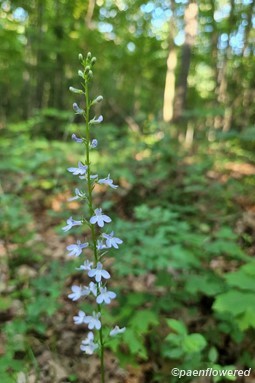
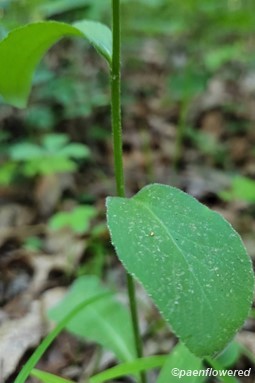
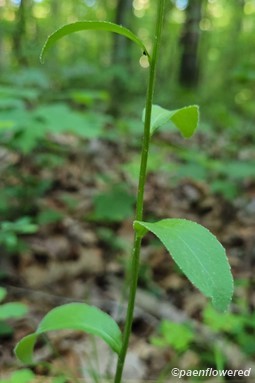
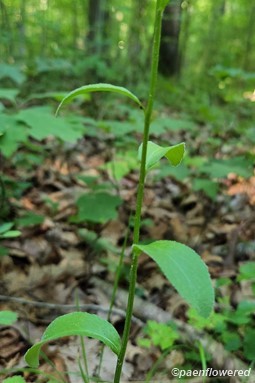
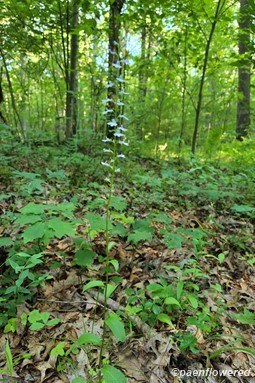





Comments
Have you spotted this plant in your area? We'd love to hear about your experience! Share your comments or questions about the plant below. Comments are moderated before posting.